As you may have noticed from our blog, we really like to explore the ancient cultures and traditions of South America. We’re also suckers for a good museum. In Cuenca, we hit the jackpot! Incredibly, there are days-worth of great opportunities to see ruins and explore museums from cultures spanning more than ten thousand years. Sadly, I can’t talk about all of them in a single post, so I’m going to focus on one of my favorites: the Museo de las Culturas Aborígenes (Aboriginal Cultures Museum).
History of the Aboriginal Cultures Museum
Founder of the Aboriginal Cultures Museum, Juan Cordero Íñiguez, a former Minister of Education and native Cuencano, started collecting artifacts in the 1970s. It wasn’t until 1992 that he opened his first museum in the town of Santa Anna. Two decades later, in 2002, the museum moved to its current location at Calle Larga 524 in historic Cuenca.
The current building is an interesting example of classic Cuencano architecture. It has thick, adobe walls and a tile roof bearing the iconic wrought-iron huaischapai cross. According to an El Universal newspaper article, the building originally served as an inn for llama train drovers who brought produce to Cuenca from the surrounding countryside. Today, it is a beautifully renovated space that includes a full second floor for exhibits, a cafe, and a museum store with replica items for sale.
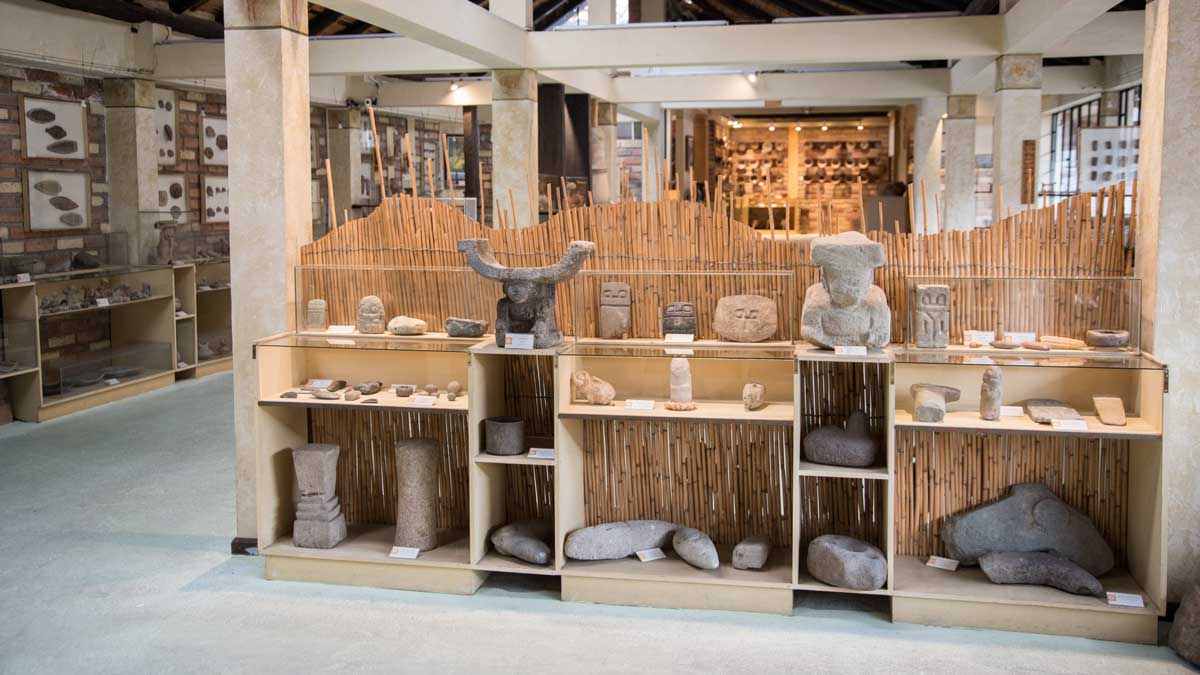
Exhibits at the Aboriginal Cultures Museum
The museum preserves an extensive collection of more than 15,000 items covering Ecuador’s rich and diverse history. The exhibits are arranged by time, ranging from the stone-age to the pre-colonial period, and geography, focusing on major cultures from the three geographic regions of mainland Ecuador: the Pacific Coast, the Andes, and the Amazon Basin.
Upon walking up the stairs to the second-story exhibit space, we immediately saw an entire wall of stone age artifacts. Dating from as far back as 13,000 BCE, these wonderful stone-age examples amazed me. I don’t think I’ve ever seen such a concentration or a variety of examples. Hunter-gatherers created all of these artifacts. At the same time period in Europe, Paleolithic man was discovering how to domesticate animals like goats and sheep. Political organization on both continents would have to wait a few thousand years when agriculture would allow for surplus food supplies and a specialized labor force.
The first ceramics in the Americas
Valdivia is one of the first such named cultures in Ecuador. Located on the Santa Elena peninsula along the Pacific Coast, these peoples are best known for producing the first known ceramics in the Americas. Examples of their pottery date back to as early as 2700 BCE. Valdivia is most famous for the feminine figure called the “Venus of Valdivia», discovered by Ecuadorian archeologist Emilio Estrada in the late 1950s.
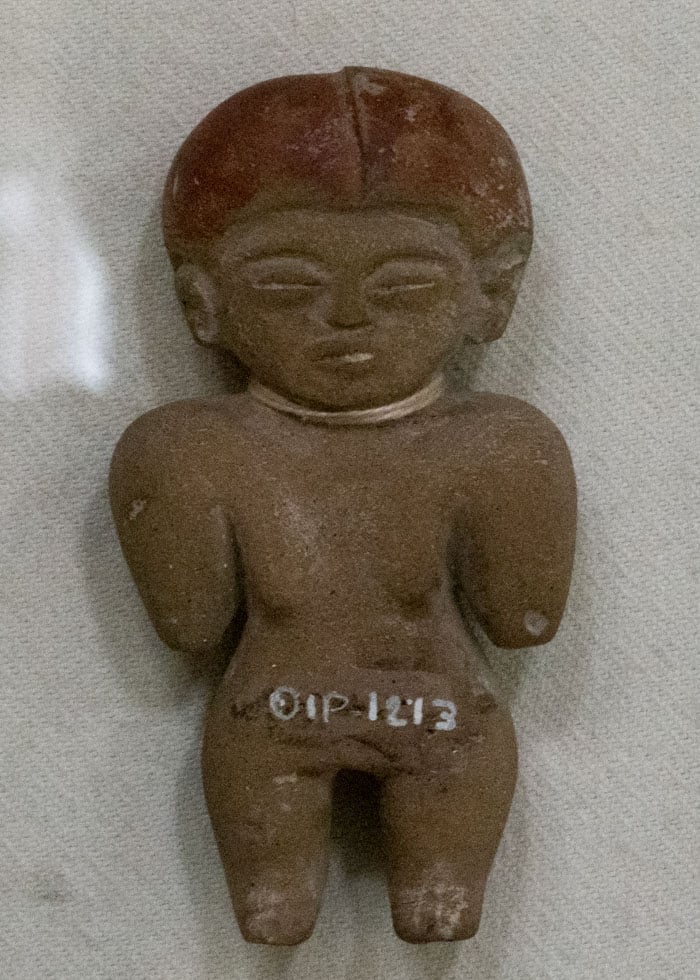
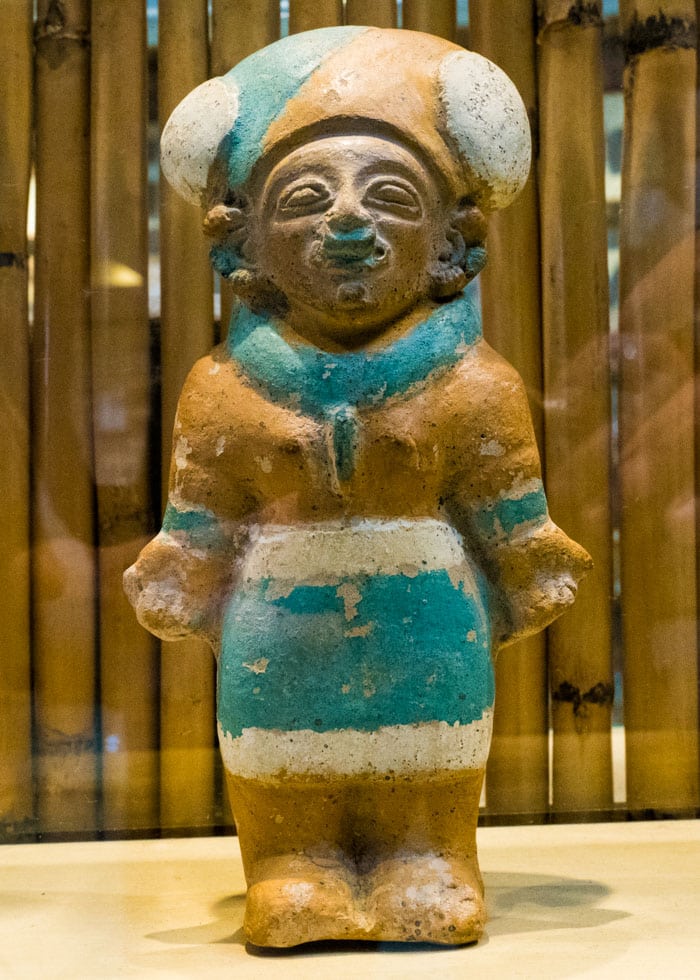
More than 3,000 years of history
The rest of the collection holds pottery, jewelry, and carved figures from more than 10 distinct Ecuadorian cultures. It also includes some fine examples of Incan pottery. The variety of the pottery collection was, for me, the most outstanding part of the museum. I found it fascinating to see specific themes and styles flow from culture to culture. Unfortunately, I was so enthralled that I neglected to note the cultural origins of most of the pieces I really enjoyed. Therefore, we’ll just have to like them for the artistic value versus their historical providence. Sorry.
One of the things I really like about the Ecuadorian aboriginal pottery is the use of faces and other human elements. I find these make it much easier to gain an understanding of the culture versus the shape, color, or pattern of the piece. For example, when I look at the following picture:

The museum collection shows this tendency isn’t reserved just for luxury items like the vase above. Even obviously every day items like these pots have facial elements.
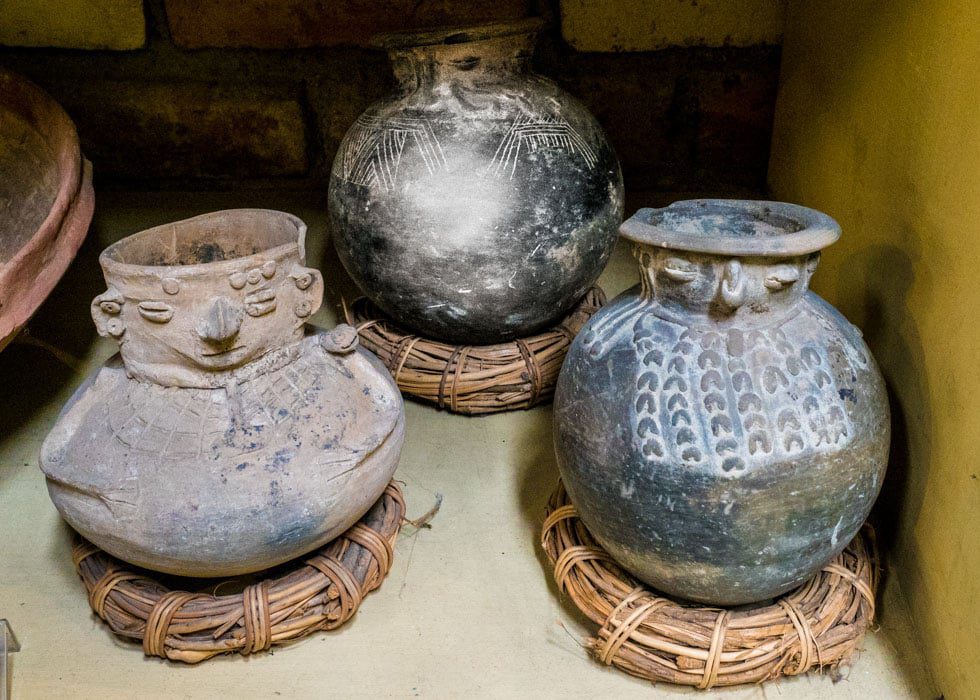
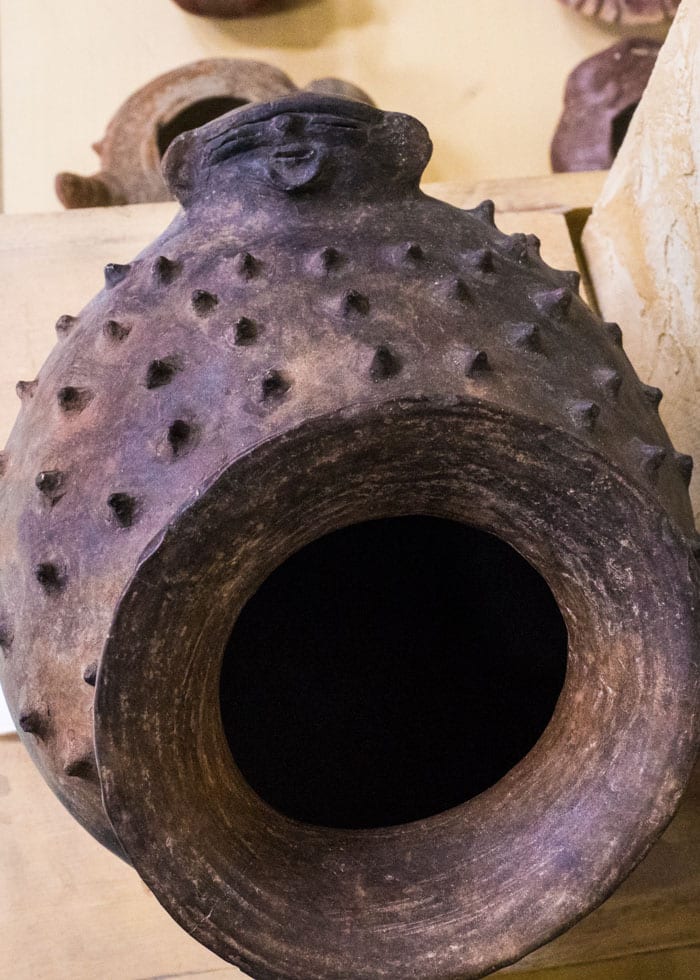
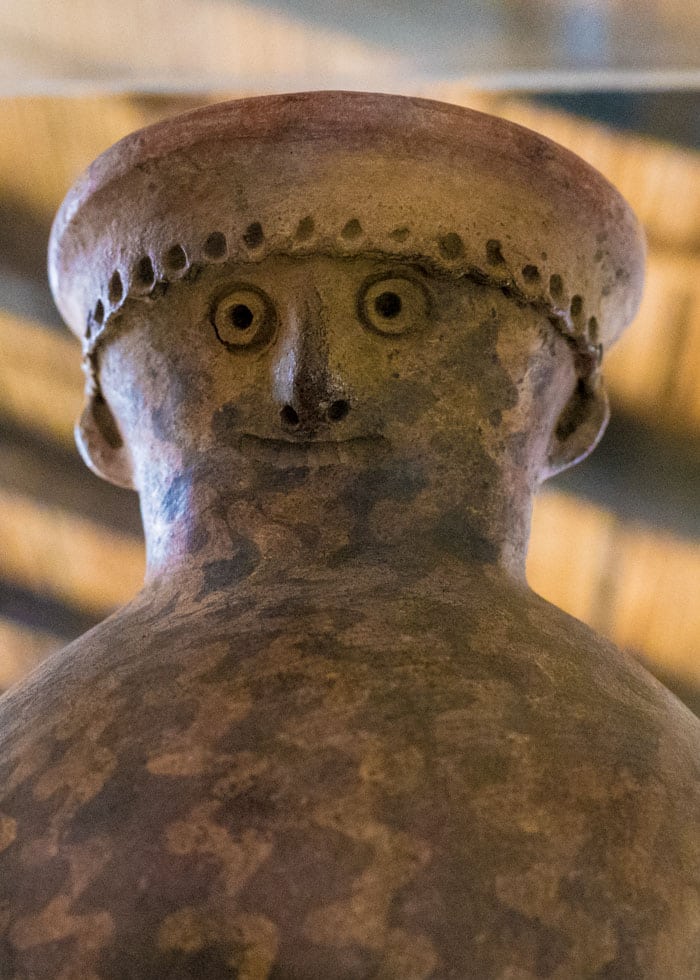
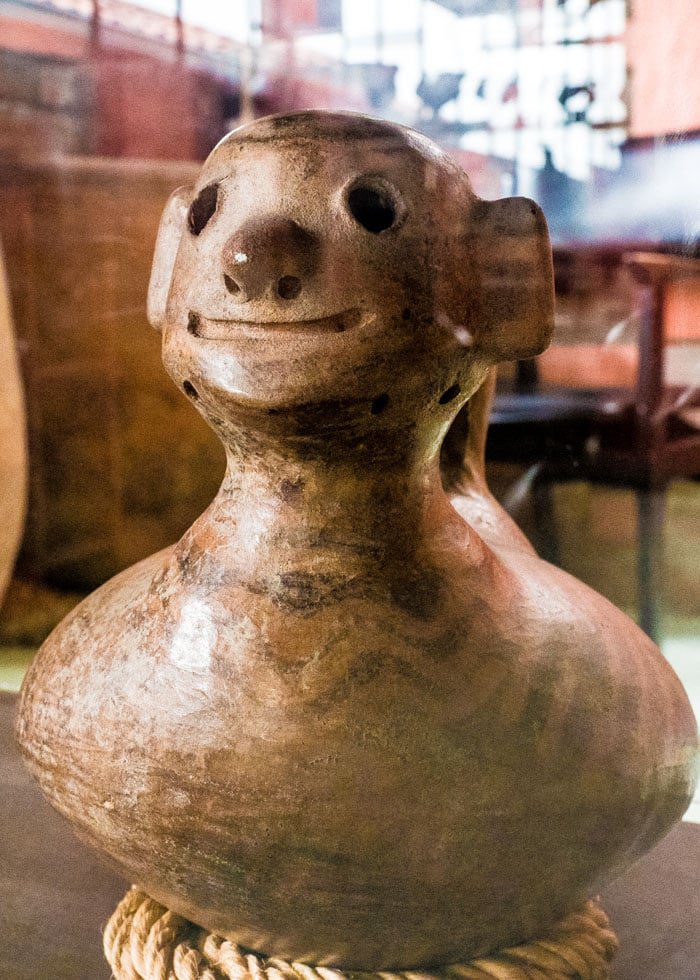
Incan Influence
Finally, the last room of the museum holds items from the Incan occupation period prior to European arrival in Ecuador. There are a few examples of metal work, textiles, and ceramic items. Again the pottery is the most interesting element of the collection. Unfortunately, I’m not sure what ancient Ecuadorians produced versus what the Inca imported from their homeland in Peru.
The pieces include classic, late-period Incan jugs, bowls and vases. These three Incan pots pictured below are excellent examples of functional artwork.
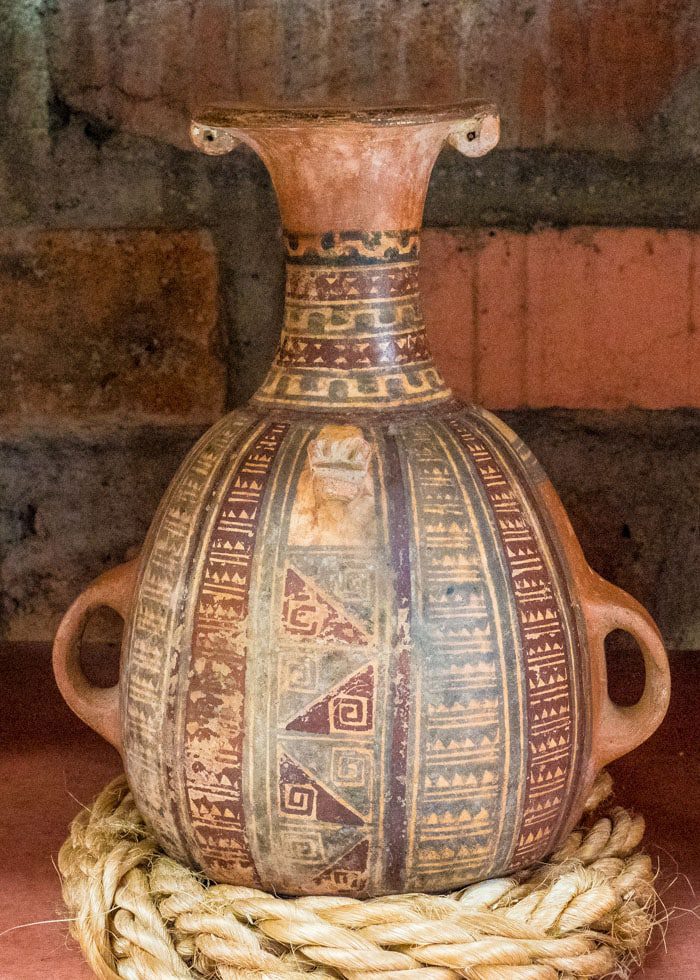

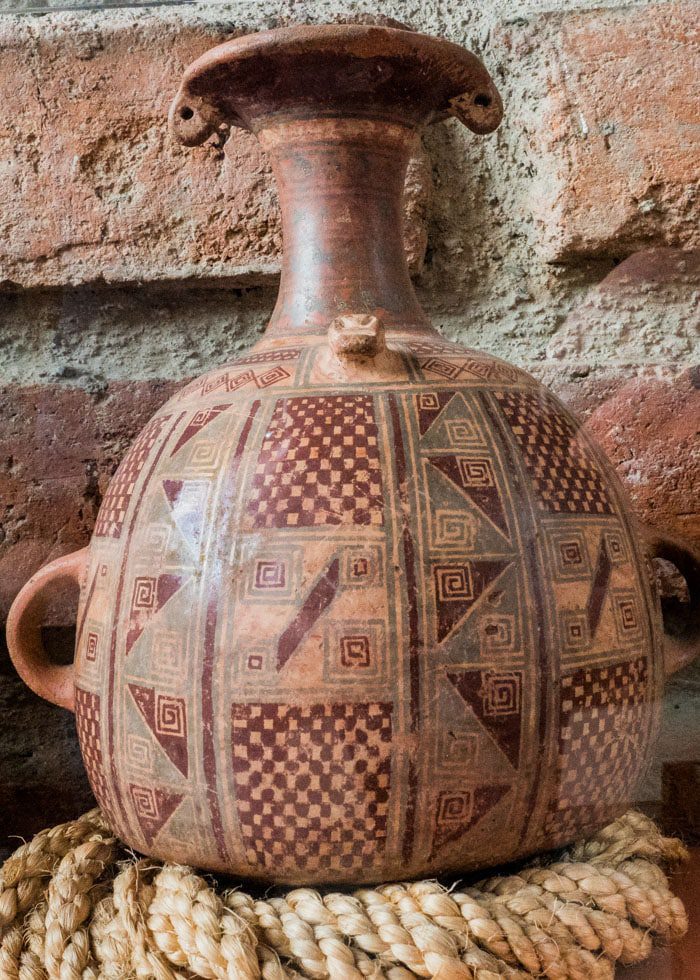
Interestingly, the Inca did not have a written language. Rather, they used a system of knots called quipu to store information. Looking at the markings on these jugs, I have to wonder if the designs are like knots, conveying information about the owner or contents of these vessels.
A great experience
All in all, the Aboriginal Cultures Museum was a great experience and one of the most impressive collections of aboriginal art we’ve seen in Ecuador. I suggest you plan a couple of hours for your visit. You might also ask for the written museum guide (we missed this) to get an in-depth appreciation for the rich tradition of Ecuadorian art and culture.
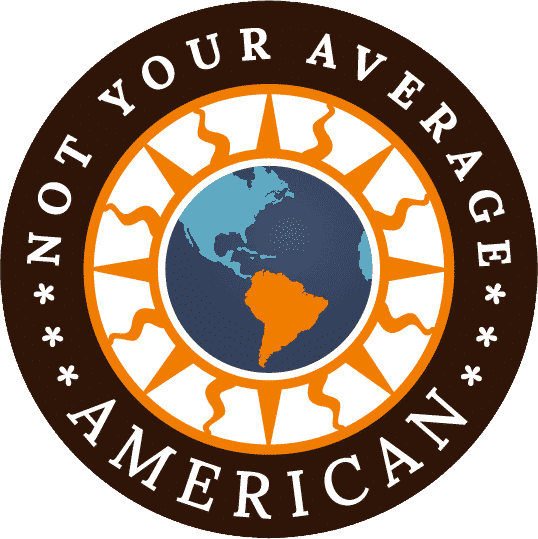
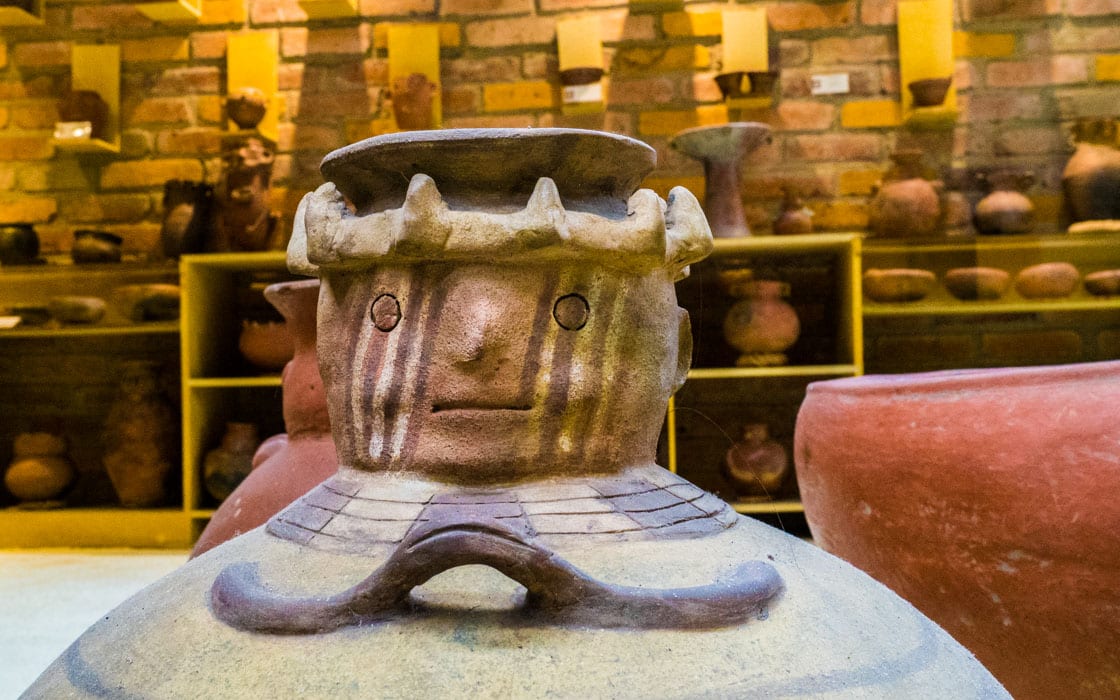
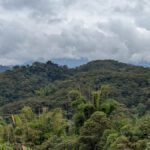

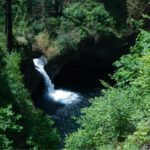
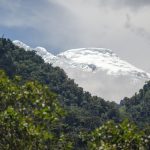

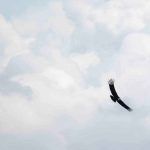
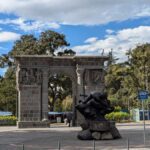
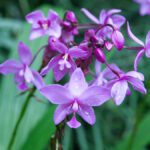
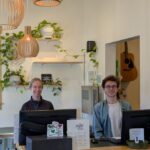
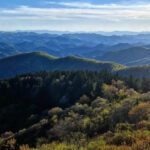
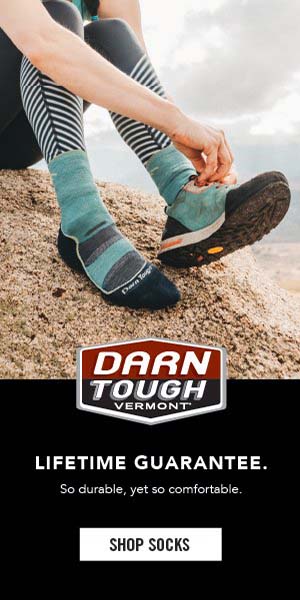
0 comentarios